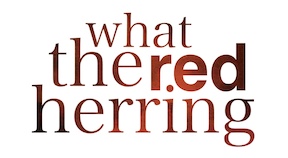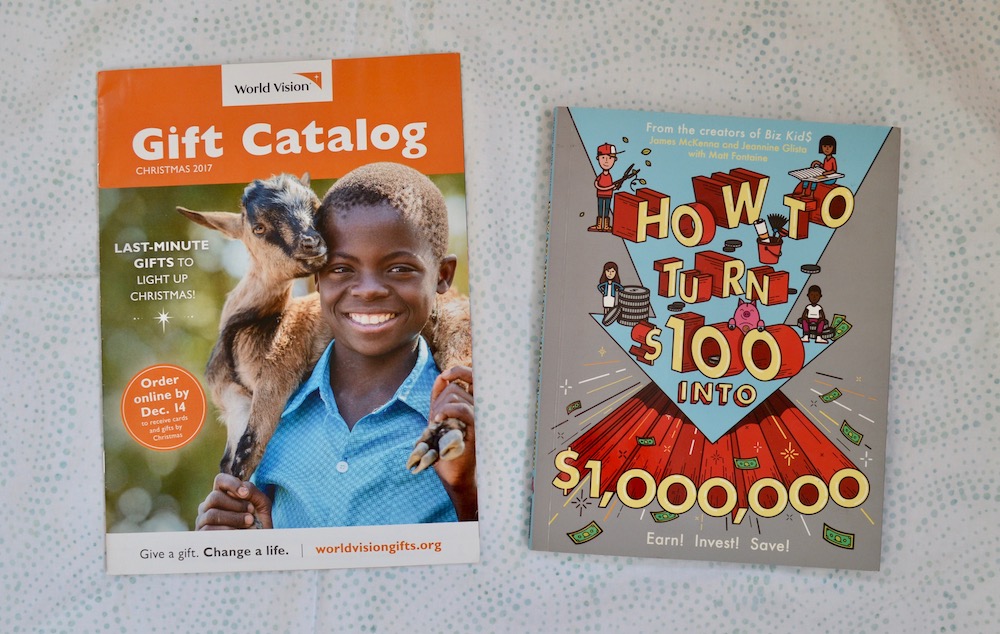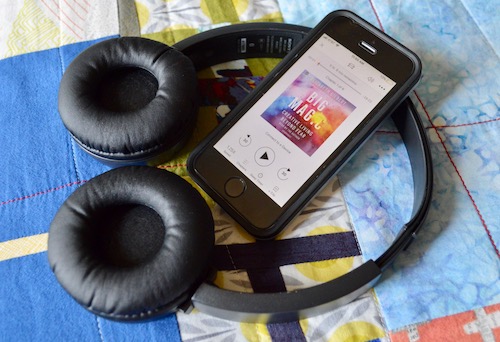
I came across Emotionally Healthy Spirituality, by Peter Scazzero, at my parents’ house on a visit over the summer. A year ago, I probably wouldn’t have given it a second glance.
When I asked my dad about it, I was a little surprised when he lit up and started talking. He sent me my own copy, and I started reading it. I think I was only a few paragraphs in when I started looking for a pencil.
It has always been important to me for my kids to grow up to be financially literate. Especially with today’s world, where experts are predicting kids are going to struggle just to have the same standard of living their parents have, let alone surpass it.
My goals are that my kids know how to budget and plan, and that they know how to give. To that end, we have regular conversations about our money and theirs. We are real with them about budgeting, and they see me entering my receipts into Every Dollar, a DR (Dave Ramsey) app that helps you budget and track spending. For our homeschool, we read How to Turn $100 into $1,000,000: Earn! Save! Invest!, by
Teaching my kids about philanthropy has been a little more challenging. Our kids know that we support a couple of kids through different organizations. They write letters to our sponsored kid in South America. But since most of our giving happens online, in the form of automatic monthly withdrawals, they aren’t really seeing it happening. And I don’t always think to talk to them about it.
Last Christmas, a family friend had a great idea for a gift for our kids that was both creative, and helped solve the problem of how to teach your kids about giving.
I saw Big Magic: Creative Living Beyond Fear, by Elizabeth Gilbert, featured on the shelves near the checkout counter of our library, the literary equivalent of the candy that lines the checkout aisles of the supermarket. I will be honest – the beautiful cover is what first pulled me in, and after I read a few pages, I was interested enough in the content to check it out.
When I found it, I was in the thick of marriage stuff. I’ve found that for most things self care-related, I struggle to do things just for me if there is no other person who will directly benefit (although that is False Thinking, because when I take good care of myself, there are always 8 other people who will benefit from my better state of mind and body.)
I was reading relationship and marriage books, which was self care, but also marriage care, but I couldn’t make myself read Big Magic, which would have just been for me. Not me and the Chaplain, not me and the kids. I was a little afraid it would inspire me to do or make something, which would further use time I didn’t feel I had.






